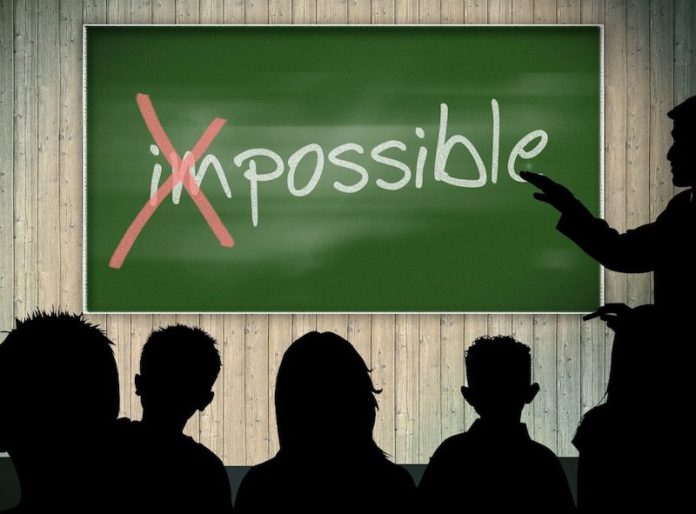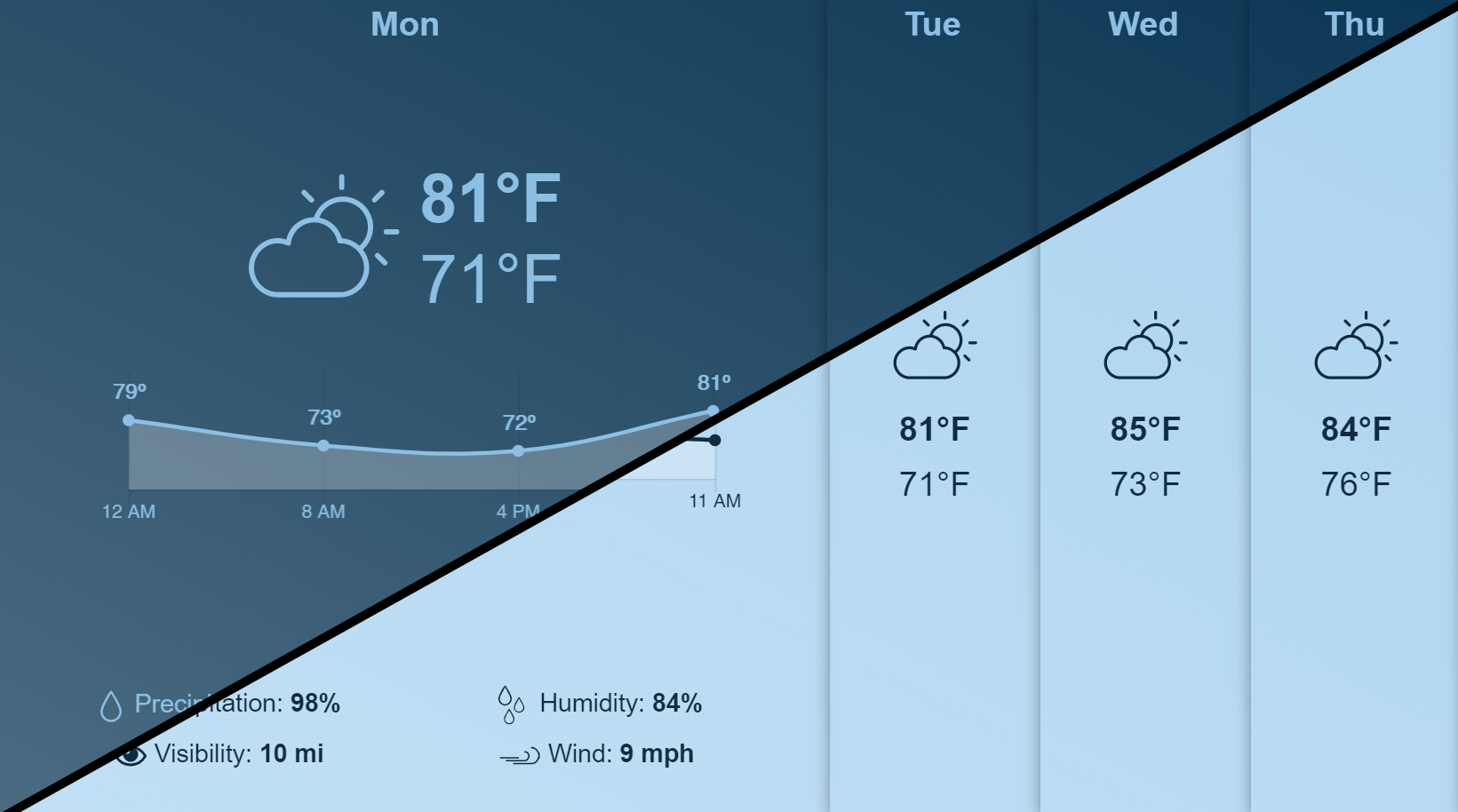For a high school student, the COVID-19 educational experience is a drag. First, you have to stay in one classroom for most of the day. Then there’s a huge physical gap between you and your friends. That is if your class hasn’t been separated to maintain social distancing. Then you find the hallways mostly empty, and during recess there is a strange silence where there was playful shouting before. You get the gist. It’s a drag to be a teacher or a student stuck in the middle of the COVID-19 pandemic. But how would the COVID-19 experience and all the frustrations coming with it change in schools if you threw digital signage into the mix?
Maintaining the school spirit
Displays surely can’t bring back the pre-covid high school experience, but they can help transform the current state into something better. Digital signage displays don’t always need to be serious. Playing (touchless) interactive games, or sharing (preapproved) photos and social media posts on displays can be fun ways to take the students’ and teachers’ mind off of things. Something as simple as allowing students to play appropriate YouTube videos through a display can be great fun, be it a music video or a funny clip. And putting these displays into classrooms makes the experience all the more personal.
A random example: plenty of kids these days make TikToks and YouTube videos for fun. A school could organize a small group of students to pick out some of the funniest content they find made by students of the school and share it on the display network. This could even bring in a form of gamification or competition into play. So many students express themselves online. With careful supervision, student content can be a great source for the school display network. Make it a thing!
Alright, now that the fun and entertainment needs are satisfied, let’s see some more serious uses of digital signage in schools.
A stronger flow of information in schools
In any situation which involves large numbers of people, keeping everyone informed can ensure efficacy and smooth operation. An excellent example is right under our noses: COVID-19. Remember when it first started a year ago? We were all uncertain and nervous. Not necessarily about the virus itself but rather its impact on our everyday life. COVID-19 indeed had a strong impact and many of us worked hard to adapt. But a year later, we are more informed and ready to adapt quicker.
Just take a look at Australia. In February, Perth had a snap lockdown that lasted a week, and it took only a week for audience traffic to recover, this time safely. When informed, people adapt and operate better. Take that lesson and apply it to any establishment, not just education. Digital displays act as valuable sources of information. Indeed, displays can share news on life-changing restrictions which are enforced within a school or college. But this can also apply to keeping the student body up to speed on even minor news. Vaccine rollouts, estimated progression of the pandemic, new advised guidelines, classroom assignments, are all good sources of information to keep students aware and know what’s coming up next.
Social distancing among students
Schools around the world have tried to achieve social distancing in many ways. This starts off with eliminating or minimizing the need for students to switch classrooms, and strategizing classes and meal times in such a way that as few cohorts as possible share the same space.
It feels like a game of strategy in an attempt to keep the students safe but also maintain their sanity. The challenges in schools arise from unpredictable matters with varying student numbers per class and unique educational needs with each subject.
You can surely see where this is going and how a digital display network may help. Displays are a great interface for flexible schedules as you can update them easily. This is particularly ideal when new safety measures emerge frequently. They then can be broadcast throughout the school momentarily. A digital display network quite literally gives you the ability to instantaneously inform every single individual in the school about what’s new. COVID-19 aside, this is perfect for any sort of emergency update.
Bring students back to school
This particular section doesn’t only apply to the students. People often forget about the teachers. My former math teacher—who is very passionate about her job—is now forced to teach through online classes. She said this pandemic broke her heart. What little desire for maths she managed to awaken in her students is immediately shattered by the cold and distant online teaching experience. Remember, these are high schoolers. College students adapt more easily because they’re no longer in the unstable teenage years. This is why teaching in person is particularly important for younger students.
Digital signage can act as a tool which will make schools safe and efficient again. And the sooner schools can prove they can operate in a safe and functional fashion, good enough for students to take class in person, as opposed to online classes, the better! Yes, online classes can be an excellent learning tool. But students are more focused and they gain so much more from physically going to school. This also includes social interactions and friendships, which is why it’s so important to use all the tools available, such as digital signage, to make schools better.
Schools can be unwilling to invest or try digital signage or similar technology, usually for fear of complexity and high cost. Digital signage software makes operations as easy as sharing a social media post. Organize, schedule, and even create content from scratch! Test it out with a free trial at OnSign TV and use your laptop or smartphone as a test display.









